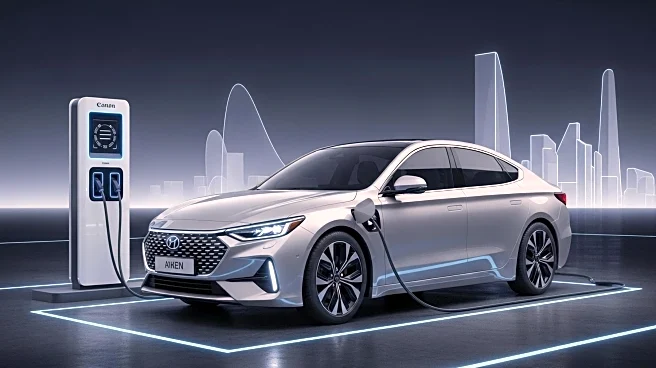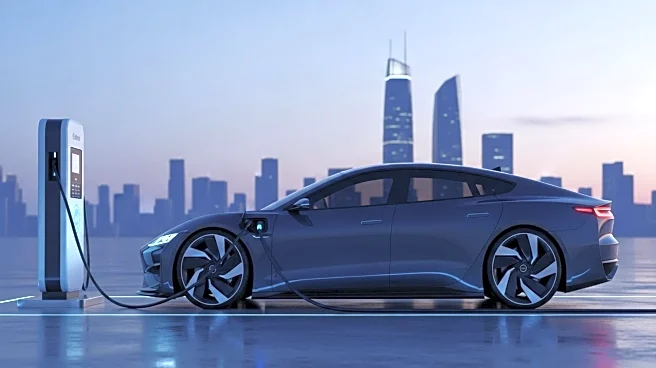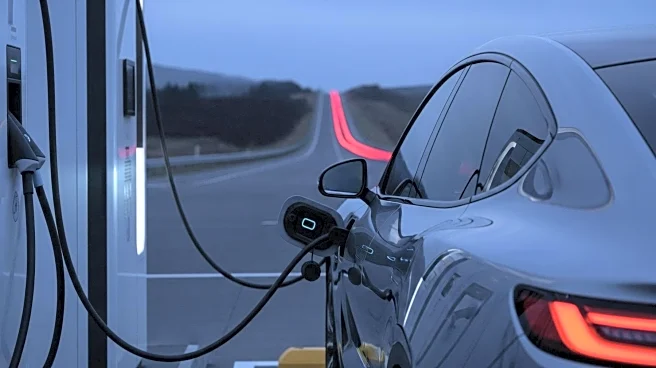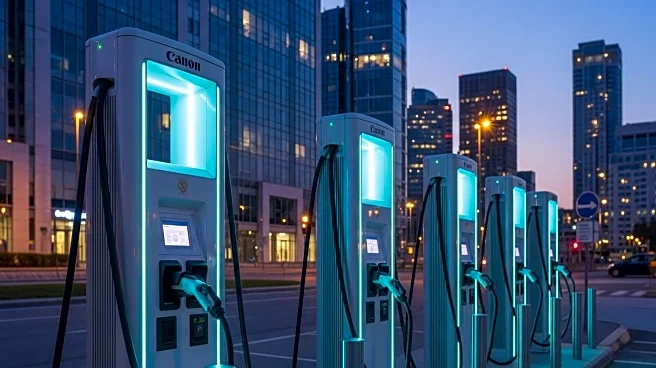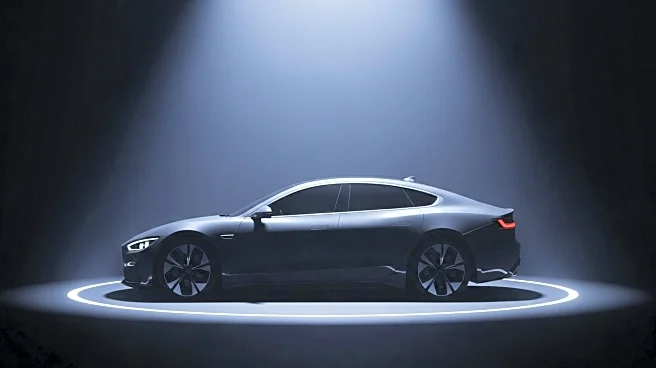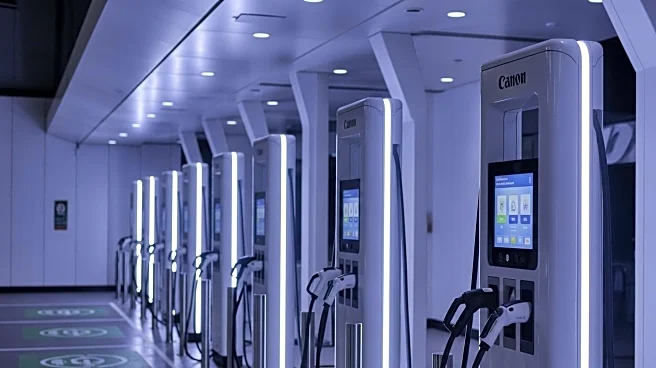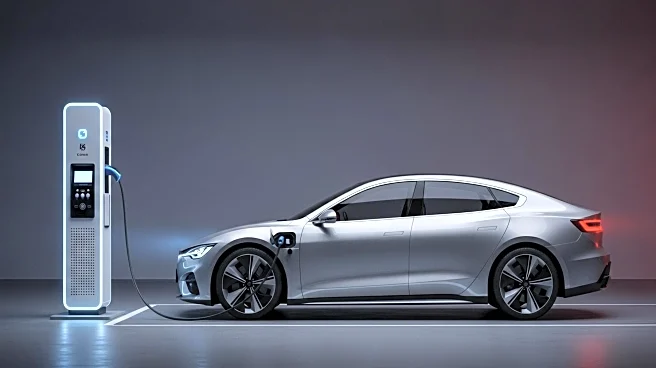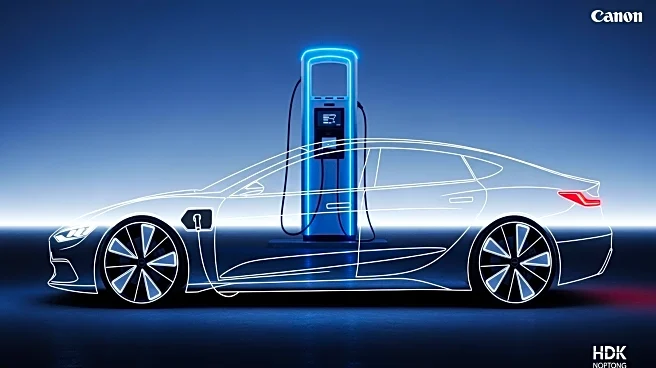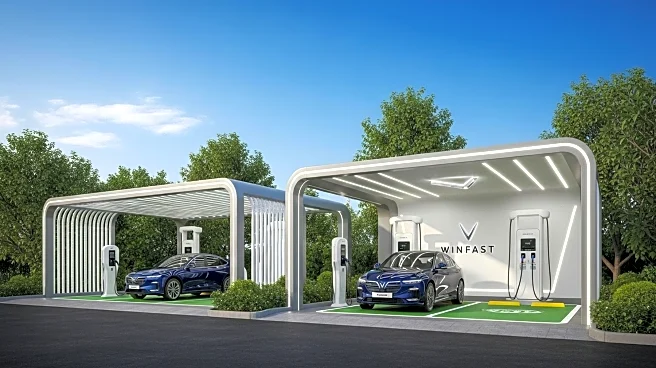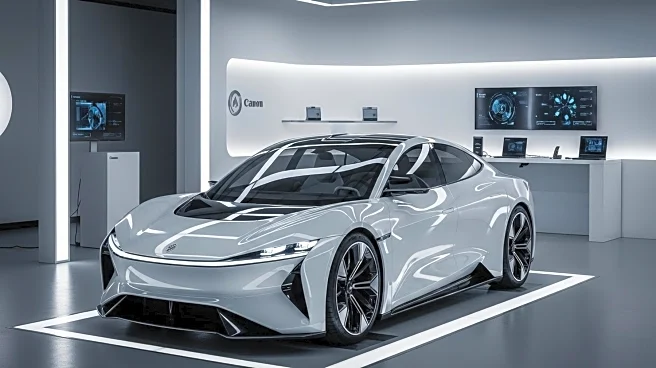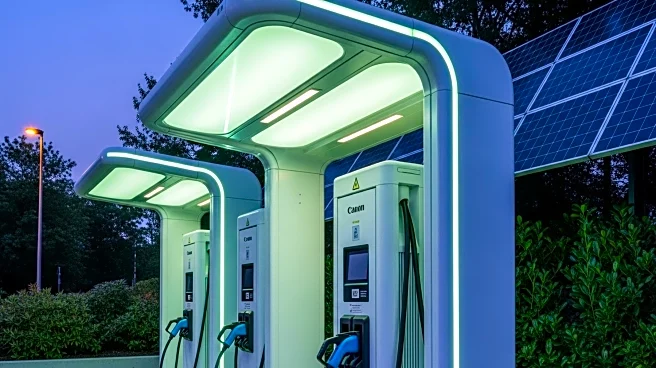What's Happening?
Automotive experts are providing guidance on how to maximize the efficiency of plug-in hybrid vehicles, addressing common concerns such as range anxiety. Amelia Dalgaard, known as Motorhead Mama, emphasizes the importance of keeping the battery fully charged to utilize the electric motor's torque and maintain battery health. Kim Okafor, general manager of strategic growth at Love's Alternative Energy, suggests investing in a home charger for convenience, although public charging stations are also viable. Apps like Google Maps and PlugShare can assist drivers in locating charging stations, which vary in speed and amenities. These strategies aim to enhance the driving experience and performance of plug-in hybrids.
Why It's Important?
The advice provided by automotive experts is crucial for drivers transitioning to plug-in hybrids, as it helps alleviate range anxiety—a common concern among electric vehicle users. By optimizing charging habits and utilizing available resources, drivers can maximize the electric motor's usage, potentially reducing fuel costs and environmental impact. This guidance supports the broader adoption of electric vehicles, contributing to the reduction of greenhouse gas emissions and dependence on fossil fuels. As more consumers consider plug-in hybrids, understanding efficient charging practices becomes essential for both individual satisfaction and collective environmental benefits.
What's Next?
Drivers may increasingly invest in home charging solutions to ensure consistent battery maintenance, while public charging infrastructure continues to expand. Automotive companies might enhance built-in navigation systems to better integrate charging station locations and features. As the market for electric vehicles grows, further innovations in battery technology and charging speed are expected, potentially reducing range anxiety even further. Stakeholders, including government agencies and private companies, may collaborate to improve charging accessibility and promote sustainable transportation options.
Beyond the Headlines
The shift towards plug-in hybrids and electric vehicles reflects a broader cultural and technological transition towards sustainable energy solutions. This movement may influence urban planning, with cities adapting infrastructure to accommodate increased electric vehicle usage. Additionally, the automotive industry may experience shifts in consumer preferences, driving innovation in vehicle design and energy efficiency. Ethical considerations regarding resource extraction for battery production and disposal may also arise, prompting discussions on sustainable practices within the industry.
